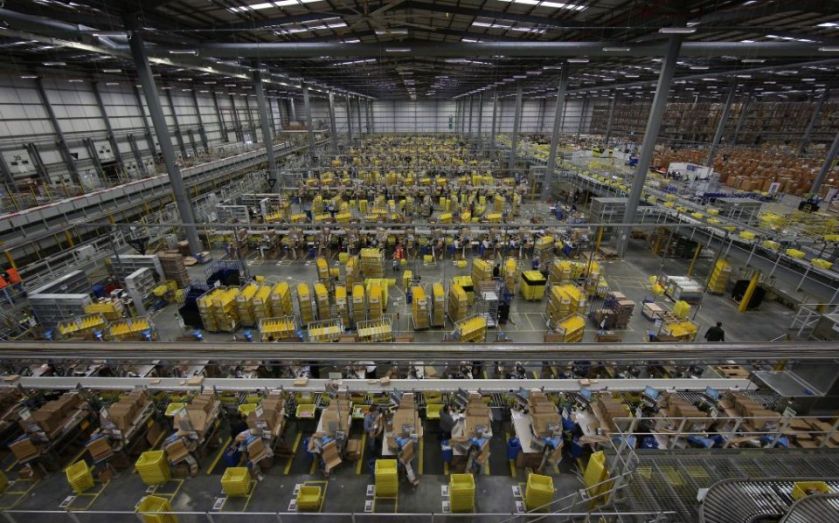Is economic growth stimulated by tech platforms? Amazon’s UK boss believes so

Thirty years after the first dot com website was registered, one of the most exciting developments in the internet revolution is the way technology platforms are enabling entrepreneurs of every type and size.
Technology platforms are all around us. Retail platforms like Amazon Marketplace, eBay and Not on the High Street enable brands and sellers of every size to reach customers with physical products; media platforms like YouTube, Spotify and Kindle help video producers, musicians, and authors to reach vast audiences; peer-to-peer platforms like AirBnB and Lyft allow the efficient sharing of real estate and cars. In just about every conceivable domain – fashion, consumer lending, education and start-up finance — technology platforms are reshaping the landscape.
Such tech platforms democratise the ability to start and grow a business. Historically, many factors (such as limited shelf space, the economics of physical distribution, and self-appointed taste-makers) meant that only a small number of products or services could reach a broad audience.
Today, just about anyone can reach a potential audience of millions of customers with almost no overhead cost. By reducing barriers to entry, platforms increase customers’ range of choices exponentially.
In the past, a small number of large-scale distribution channels favoured products, services and content with mass appeal. Technology platforms change the economics of production, marketing and distribution such that entrepreneurs are able to serve specialised needs and reach niche audiences like never before.
Only two parties are irreplaceable in any transaction: the creator and the consumer. So it’s appropriate that creators and consumers realise the greatest benefits. By lowering transaction costs and waste, technology platforms simultaneously enable creators to earn more money while lowering prices.
It’s only possible to offer customers 120m items on Amazon.co.uk because of the many entrepreneurial third-party businesses who offer their products on the Amazon Marketplace. British businesses are able to sell via all of Amazon’s European sites from a single account, opening up the opportunity to reach tens of millions of additional customers. It’s no wonder that more than 40 per cent of purchases from Amazon sites worldwide are made from third party sellers.
Many other platforms are still in their infancy and it will be some years before they realise their true potential; but in the very near future, these platforms will emerge as among the major drivers of global economic growth.